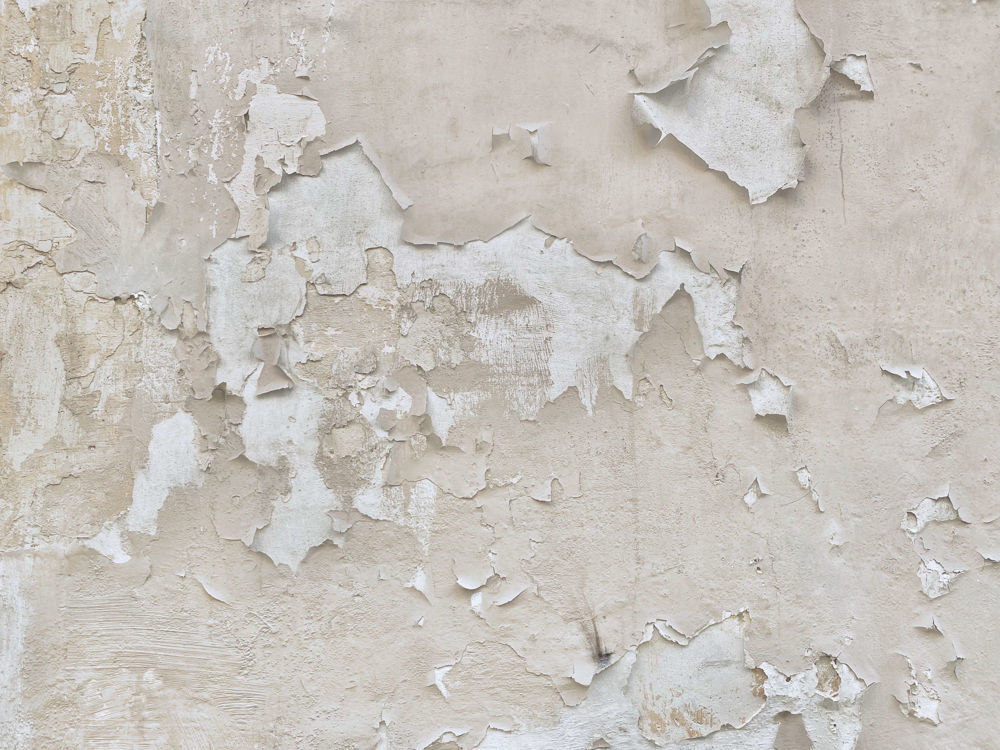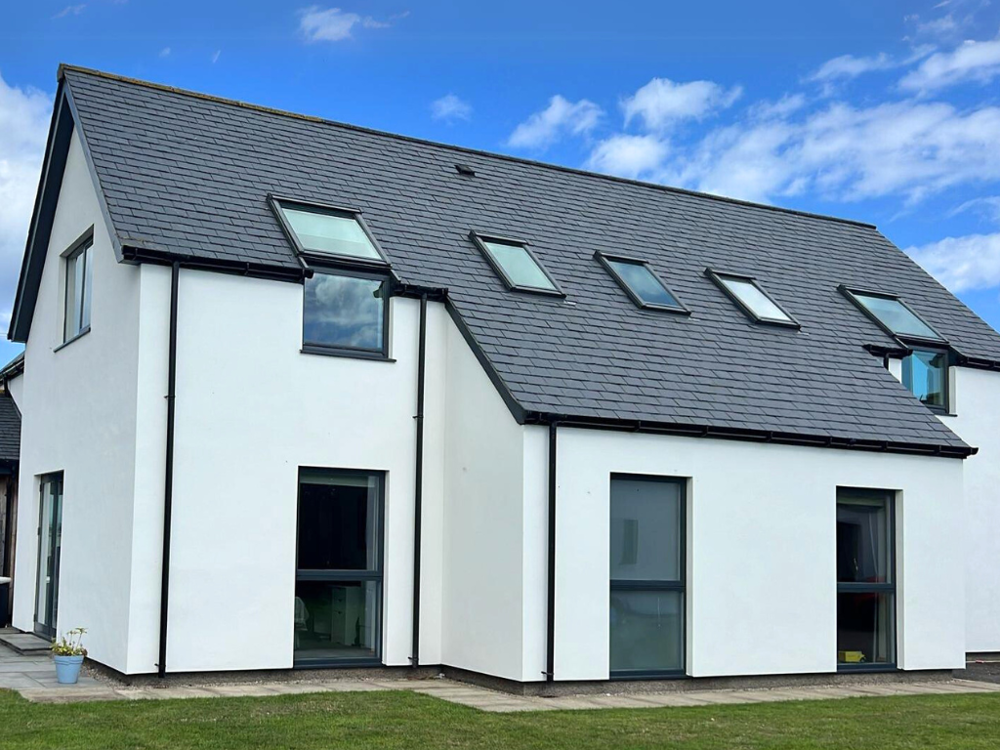
Peeling and bubbling paint is a common problem with exterior paint particularly here in the UK due to a number of factors. Don't worry, as the experts in our Technical Team have put together this guide to the most common causes on exterior paint failure to help you identify why your paint may have failed and how you can prevent it in the future.
Preparation
Paint is only as good as the surface it is applied on. We have all done it where we just want to get the job finished and haven't quite taken the time we know we should have on the prep work. The reality is however, preparation is the single most important part of any project.
One of the most common things we often see is surfaces that are painted that haven't been cleaned. When painting exterior walls, we know cleaning the wall isn't always top of your to-do list, however this is essential. If you do not clean the surface using a brush and hot soapy water or a hosepipe, there may be dirt and grime on the surface that can prevent the paint forming a strong adhesion to the wall. Equally, if the wall has organic growth present, it is also crucial that you apply a fungicidal cleaner such as Emperor Exterior Cleaner. This kills the organic growth and ensures it cannot continue to grow underneath the paint.
Preparation also involves applying a primer to any bare, unpainted surfaces before you begin to paint. A primer, sometimes referred to as a stabilising solution, must be applied to bare surfaces in order to firstly allow the paint to adhere to the wall but secondly to prevent the paint from soaking into the porous surface and allowing you to create a sound paint film on the surface of the wall.
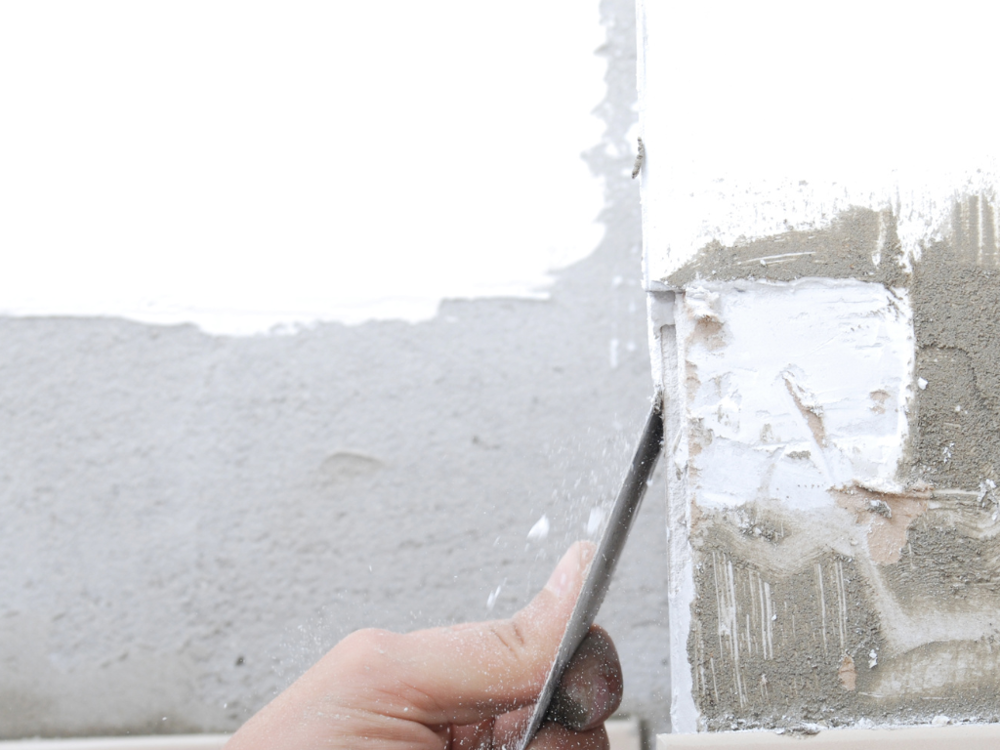
The Condition of the Property
You may often see on the instructions of exterior paints that the surface must be sound before painting, but what does this mean? A sound surface is an exterior wall that is attached completely and free from cracks and holes.
Part of the preparation process involves repairing these defects and ensuring the surface is not damaged in any way as these defects allow moisture to get into the wall and can contribute towards paint failure. The most common form of defect is cracks, which must be filled using a suitable masonry repair filler if they are larger than 1mm.
On rendered walls, it is important to check the render is attached to the structure behind. You can check this by tapping on the render - if it sounds hollow then this indicates that the render has delaminated from the wall. On brickwork, check that all of the mortar and pointing is sound and repair any missing mortar before painting.
Other defects on your property that may contribute towards peeling paint include leaky gutters which can cause an extremely high level of moisture that may damage paint.
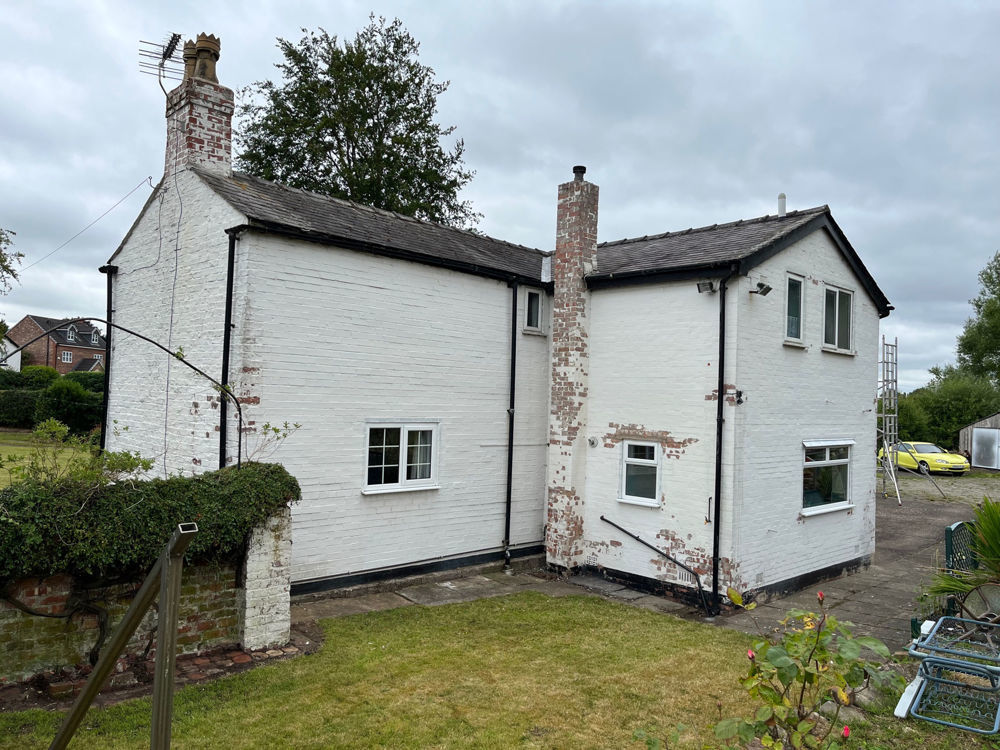
Application
When applying paint there are a few key things that can lead to paint failure which can all be easily avoided. The main cause of application error that leads to paint failure is applying paint to a wet surface. In order for paint to dry and form a strong adhesion to a surface, it must be dry to the touch with no visible moisture on the surface. If a surface is wet, this moisture will prevent the drying process and can lead to bubbling paint.
Often problems can arise where repairs have previously been made to the wall, such as filler or render repairs. While these repairs may seem completely dry, our Technical Team advise always checking the instructions of the product you have used and allow it to dry for that duration. If you have had a wall newly rendered, it is essential to leave this to sufficiently dry before painting, which can often take 4 weeks but will depend on the render application method and the weather conditions.
While using a primer on bare surfaces is important for best results, applying the correct product is equally important. Primers can come in water-based, oil-based and shellac-based forms, while masonry paints are often designed to be compatible with a specific product.
For example, our Emperor Exterior Primer must be used in conjunction with our Emperor Masonry Paint, as both products as silicone-based and specifically designed to be used together as part of The Emperor System. If you used a primer that was incompatible with the paint you are using, this may cause peeling and flaking paint.
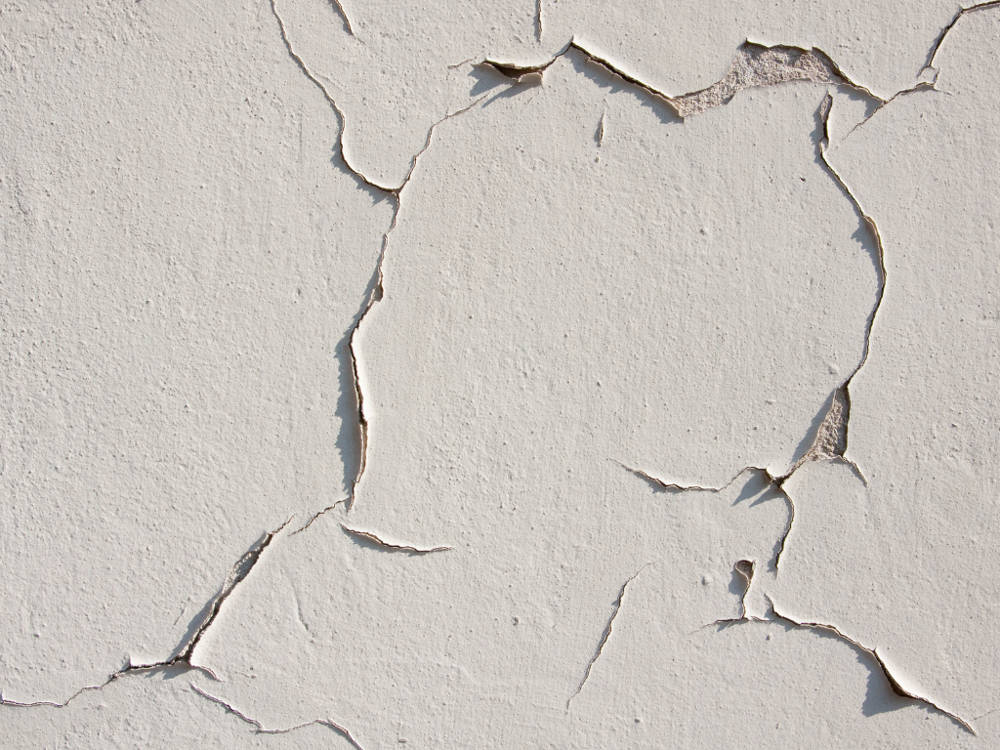
Moisture
The single biggest cause of exterior paint failure is moisture, which will come as no surprise due to the Great British weather.
While exterior paints are designed for outside use and thus are resistant to some level of weathering, many of these paints aren't as effective at preventing water entering the surface as you may think. Many can refer to themselves as 'weather resistant' or 'weatherproof', however this does not always mean they prevent water absorption and often they do uptake moisture over-time.
This is particularly an issue when many exterior paints are also not highly breathable. Breathability refers to how much water vapour can pass through a substrate - the higher the breathability the more it can allow moisture to naturally breathe out. While most paints can breathe somewhat, this breathability level is often low. The result is that when the moisture from rainfall soaks through the paint it can become trapped and gradually saturates the wall. As this moisture level rises eventually it begins to lift the paint film away from the wall, causing paint to peel and flake.
The ability to repel rainfall while also remaining highly breathable allows our Emperor Masonry Paint to keep the wall dry, thus preventing the moisture that can often lead to paint failure and providing the paint with extreme durability in even harsh weather conditions.
Compatibility
Lastly, in some circumstances peeling and flaking paint can be the cause of using a paint that isn't compatible with the surface you are painting. In terms of masonry paints, these are specifically designed for use on brick, stone and render. This means they are not suitable for use on wood, plastic and metal.
While most masonry paints are compatible with most masonry surfaces, there are some rare exceptions. The two most common occasions are when a standard masonry paint is used on lime render and silicone render.
In terms of lime render, this has high levels of permeability that will allow moisture to escape. Due to this, a highly breathable paint must be used in order to allow this moisture to naturally breathe out. If you use a standard masonry paint, which are often acrylic-based, these often do not have the breathability required to be used on these renders.
Similarly, silicone renders must be painted using a silicone-based masonry paint, as acrylic-based masonry paints are not compatible with this type of render.
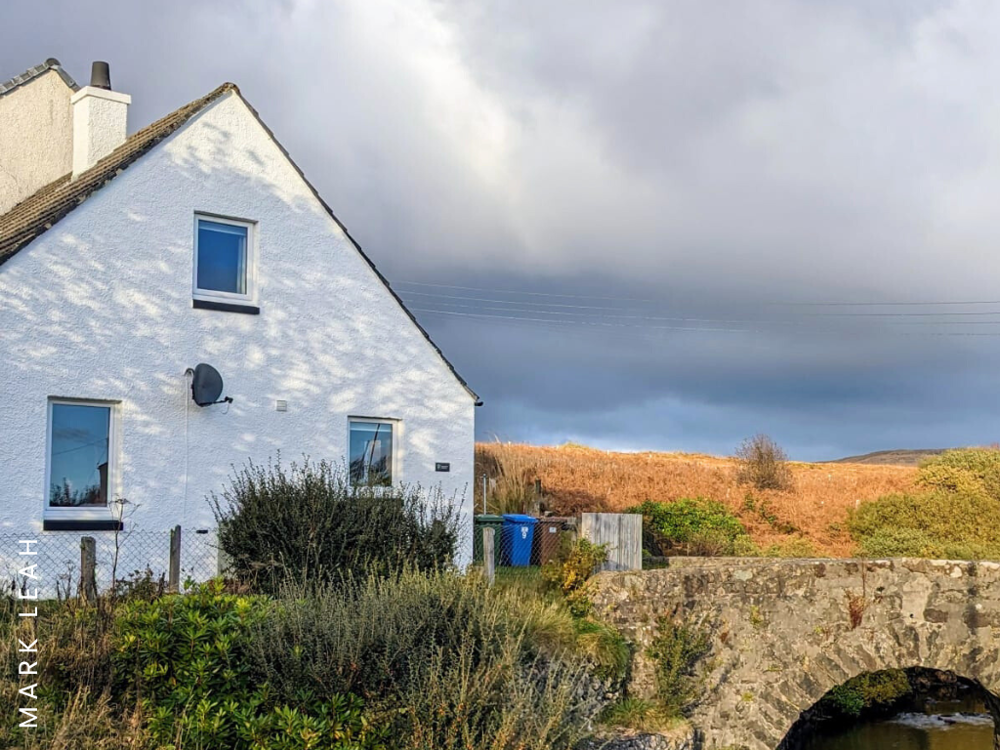
We're here to help
We know how frustrating it can be when your walls begin to peel just a few years after you have decorated, but we are here to help you prevent it happening again.
Our team of experts are on hand to assist you and guide you through your project. You can contact them for help and advice by emailing info@emperorpaint.co.uk or calling 0161 509 9009.
Alternatively, start your project by ordering a sample with free delivery on all orders.


